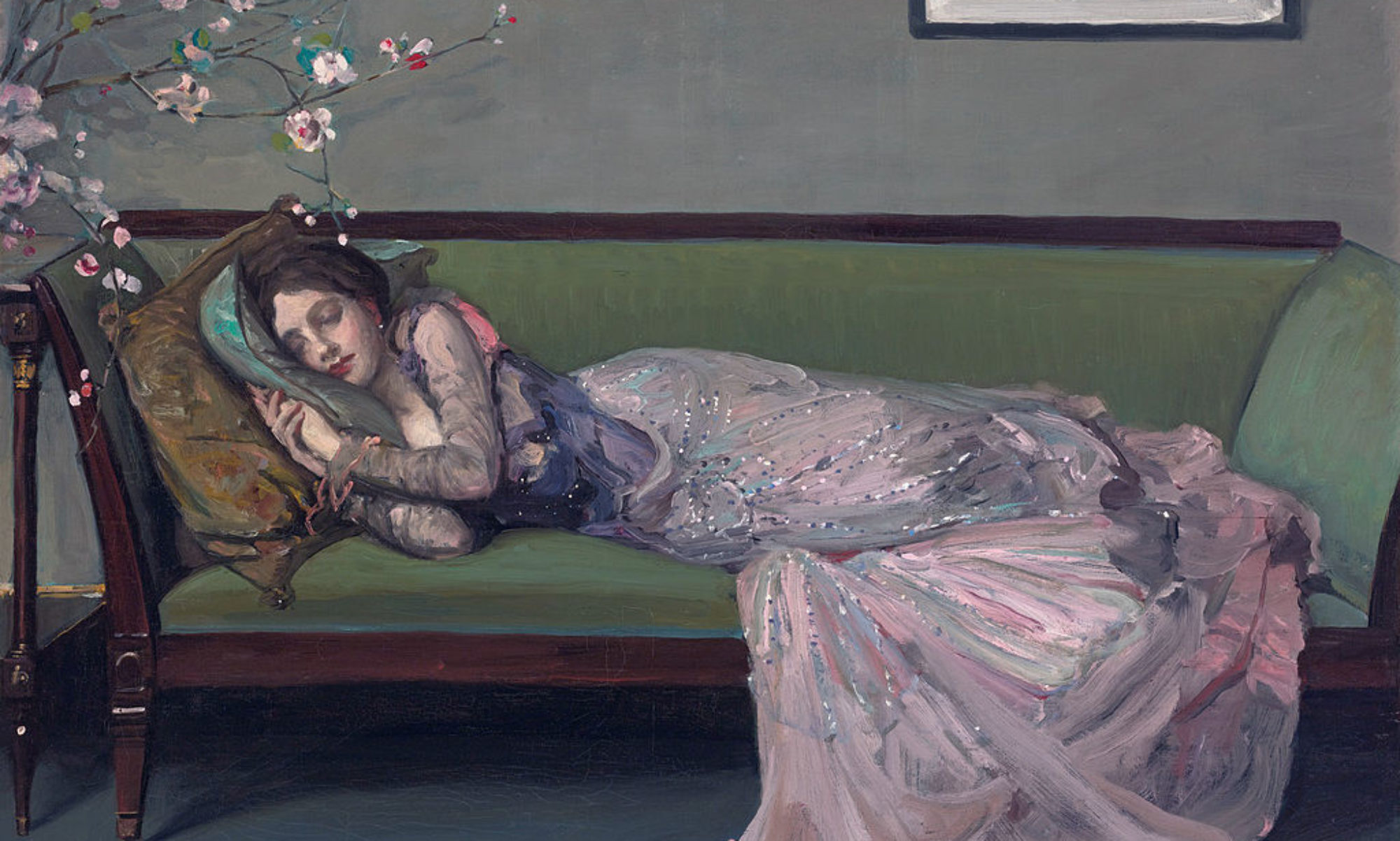
I admit I’m ignorant of many, many things in history, including the Opium Wars. So I found this American article detailing the facts around the initial wars fascinating.
The two-part article is found in The Merchants’ Magazine and Commercial Review, Volume 23, 1850. I will post part one tonight.
The images (except for poppy flower) come from two editions of The Truth about Opium Smoking: with Illustrations of the Manufacture of Opium, etc, published by Hodder & Stroughton in 1882. The introduction to this book includes the words:
Twenty, thirty, forty and more years ago, there were those who earnestly protested against England’s connection with the opium trade as then carried on with China. Their efforts to arouse public attention seemed unavailing. Few apparently gave heed.
It is otherwise now. Motions in Parliament, resolutions adopted in Convocation, in Church Congresses, Wesleyan Conferences, Congregational and Baptist Unions, and in public meetings all over the country, condemnatory of England’s connection with the opium trade, are so many indications of the awakening of the public conscience to the national sin committed by England in forcing the Government of China to admit our Indian opium.
The Opium Trade (from The Merchants’ Magazine and Commercial Review)
As carried between India and China, including a sketch of its history, extent, effects, etc.
Part 1
Few persons in this country are aware of the extent of traffic, or amount of capital invested in what is called the “opium trade,” and carried on mostly in South Eastern Asia. China expends for this single article, annually, more money than the entire revenue of the United States from all sources whatever, and a larger sum than any one nation on the globe pays to another for a single raw material, with the exception of what Great Britain pays to this country for cotton. The traffic is yet comparatively new——has grown with unparalleled rapidity, and is almost unknown, except to those personally concerned in it.

Opium is a production of the common English poppy, originally a native of Persia, but it may now be found growing as an ornamental plant in gardens throughout the civilized world. Most of the opium used for medical purposes in Europe and America is exported from Turkey; but India affords a far more extensive field for its cultivation. It is estimated by good judges, that more than 100,000 acres of the richest plains of Central India, are occupied for this purpose, giving employment to many thousands of men, women, and children. Formerly these same grounds were used for the production of sugar, indigo, corn, and other grain; but these useful crops have yielded to the more profitable culture of the poppy. It appears that a mild climate, rich soil, plentiful irrigation, and diligent husbandry, are absolutely necessary for its successful cultivation. The seed is sown in November, and the juice is collected during February and March. The falling of the flowers from the plant is the signal for making incissions, which is done by the cultivators in the cool of the evening, with hooked knives, in a circular direction, around the capsules. From these incisions, a white, milky juice exudes, which is concreted into a dark brown mass by the heat of the next day’s sun, and this, scraped off every evening, as the plant continues to exude, constitutes opium in its crude state. It is then converted into balls or cakes, covered with dried poppy leaves, and packed in chests of mango-wood, made expressly for the purpose, each chest containing from 125 to 150 pounds.
Continue reading “An American View on the Opium Wars from 1850, Part I”


